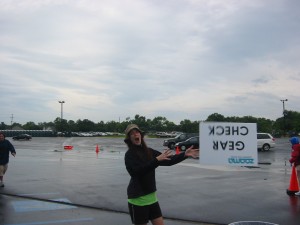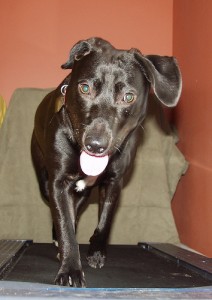It’s been a couple months now that I have been swimming consistently as part of the training for my first triathlons (one in August and one in September). Before I hopped in the pool for that first session it had been many years, since middle school swim team, that I swam consistently. I knew that it would take plenty of time in the pool and lots of practice before my stroke and form resembled even what it looked like in the 7th grade let alone what it should look like for a triathlete.
Over the weeks, swimming has gotten progressively better, definitely more enjoyable, and I am more confident in my ability to swim and breath correctly. This is in part due to practice. However, I definitely credit my progress to a few other important factors. One of them is talking about it. Any chance I have to talk to another swimmer or triathlete, I do and I ask questions. I tweet about it, sharing what I’ve done and inquiring what others are working on, and I always learn something new. I haunt the blogs of other swimmers and triathletes picking up on what has worked for them and I try to absorb as much information as possible.
The other factor I credit for improving my swimming skills is a website that I visit often but that I still have much to learn from: goswim.tv. Continue reading


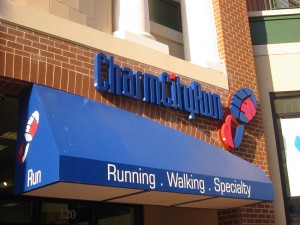 Buying new running shoes, especially for experienced athletes, is not just a fleeting shopping moment or a purchase made on a whim. It is a thought-out, planned experience. For some, like myself, the
Buying new running shoes, especially for experienced athletes, is not just a fleeting shopping moment or a purchase made on a whim. It is a thought-out, planned experience. For some, like myself, the 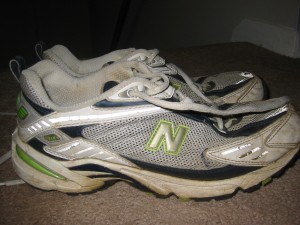
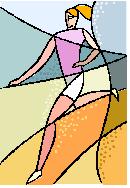 I’ve found a sweet spot lately with a five mile loop. It seems to take just the right amount of time, it has the right amount of hills, and each time I finish the five miles I feel a little better about it than the last time. As nice as it’s been, you might say I’ve been in a five-mile rut. If I weren’t planning to run a half marathon the first weekend of August it might not matter that I’ve been stuck at five miles, but I am. So I finally upped my mileage and it’s been several months, since the
I’ve found a sweet spot lately with a five mile loop. It seems to take just the right amount of time, it has the right amount of hills, and each time I finish the five miles I feel a little better about it than the last time. As nice as it’s been, you might say I’ve been in a five-mile rut. If I weren’t planning to run a half marathon the first weekend of August it might not matter that I’ve been stuck at five miles, but I am. So I finally upped my mileage and it’s been several months, since the 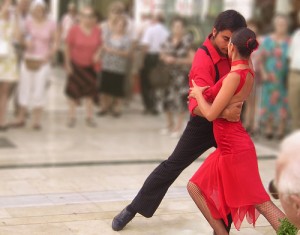
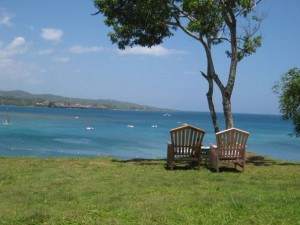
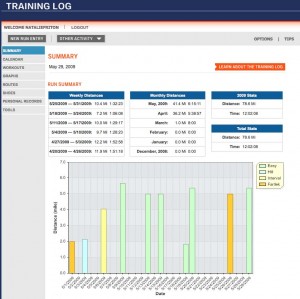 For the last month I have been using the training log on runnersworld.com both to log my work-outs as well as to experiment with one of the many available online training log programs available to athletes. It was a few months ago that I decided I would use and
For the last month I have been using the training log on runnersworld.com both to log my work-outs as well as to experiment with one of the many available online training log programs available to athletes. It was a few months ago that I decided I would use and 